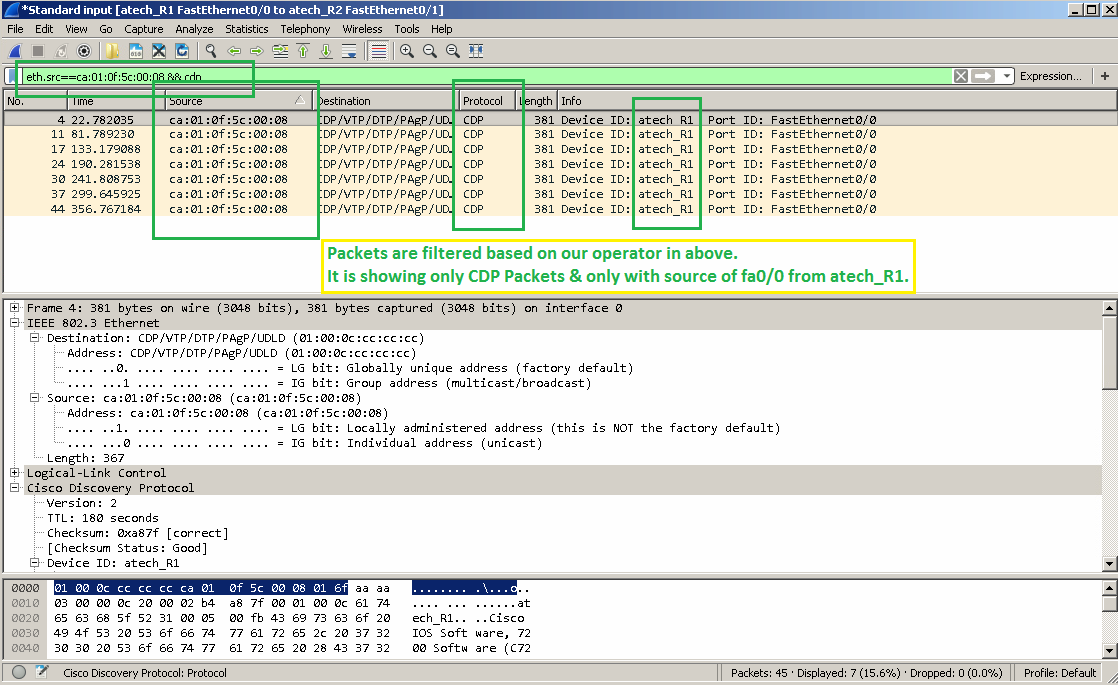

While SSH can be configured to lock a user’s account after a certain number of incorrect login attempts, the fact that many people use the same credentials for multiple accounts can mean that only one or two tries are enough. This means that if an attacker has access to a computer running an SSH server, they can perform a credential-stuffing attack against it.Ĭredential stuffing involves trying a list of breached or guessed user credentials to try to gain access to a user’s account. As a result, it can be used for a variety of different purposes, including credential-stuffing attacks, scanning for machines running vulnerable SSH servers and establishing reverse shells. It enables remote, encrypted access to any system running an SSH server. SSH protocol analysis for incident response While this dates the capture (MD5 is deprecated), it shows how SSH works and looks in Wireshark. This SSH session will be using AES-128 in Counter mode for encryption with an HMAC based upon MD5 to ensure message integrity. The use of asymmetric cryptography is shown in the screenshot above as Diffie-Hellman is a protocol for secure key generation.ĭiving into packet 21, as shown above, we see the use of symmetric cryptography as well. SSH uses asymmetric cryptography to establish a shared secret key and then symmetric cryptography for bulk encryption with that key. Asymmetric encryption, on the other hand, doesn’t require a shared secret key but is less efficient. Symmetric cryptography, like the Advanced Encryption Standard (AES), is faster and more efficient for bulk encryption, but it requires a shared secret key. To accomplish its goals, SSH uses two different types of cryptography. As shown, packets associated with the session are filtered using the built-in ssh filter. The screenshot above shows a sample SSH session in Wireshark. The way that SSH accomplishes this is very similar to SSL/TLS, which is used for encryption of web traffic (HTTPS) and other protocols without built-in encryption. Save only relevant traffic (5 packets) and exclude the unwanted traffic (397 packets).The main difference between SSH and Telnet is that SSH provides a fully encrypted and authenticated session. Number2 - relevant number of packets on interface of Step-4 : save packets Number1- total number of packets captured on interface Instead of “http contains “Google”” please Enter “ip.addr = 104.26.11.240” without double quotes.Īnd hit the enter key, your red filter Colour become green & you can see at the bottom In your case, open cmd prompt (windows user) and Nslookup your URL to find the ip address To apply correct filter, you should know the public IP address or port (or both).

(Refer below video for detail information: Note that straight line next to interface means no active traffic on that interface. If you are confused with many options, please remove unwanted connected devices to reduce the options, also open any YouTube video so that you can see the traffic fluctuation on your internet link interface. If you are using wireless router to connect internet, then select the Wi-fi: en0 option.

You need to choose the interface you're sniffing data from.


 0 kommentar(er)
0 kommentar(er)
